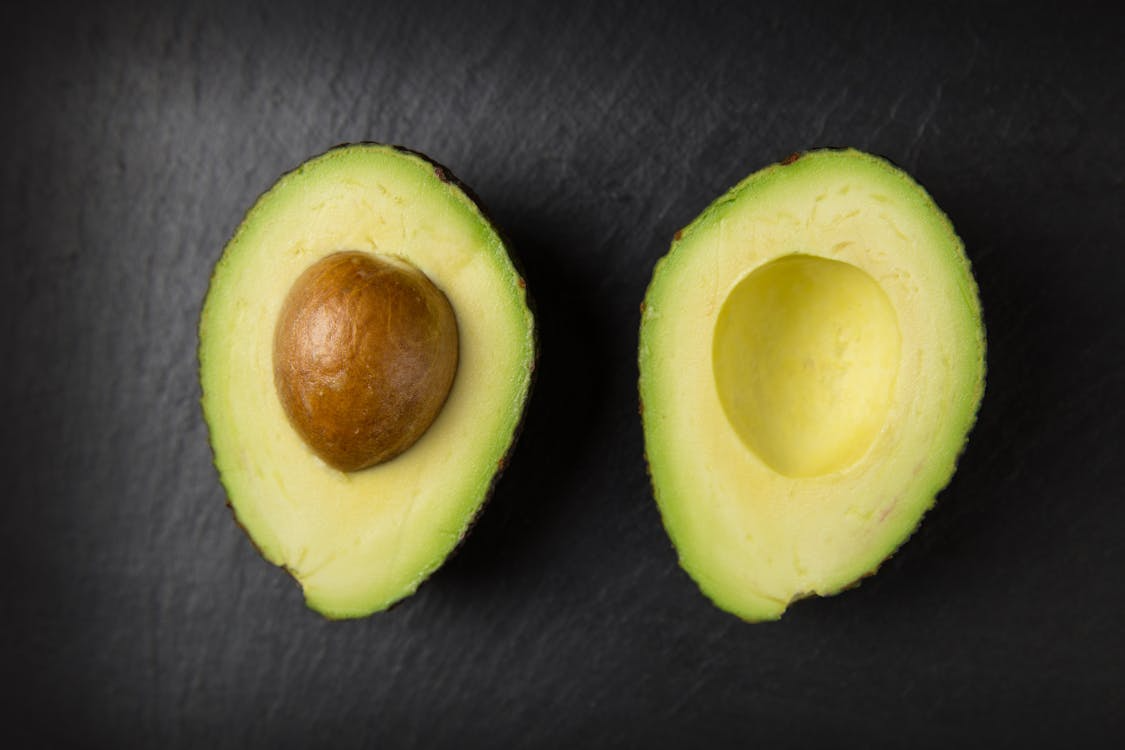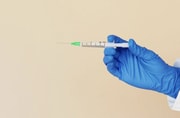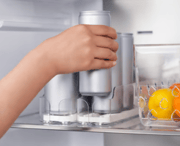
Content warning: This article discusses hand injuries caused by knives.
Your Sunday morning avocado ritual could be more hazardous than you realise.
What seems like a harmless brunch habit has sent thousands of people to emergency departments each year.
Across the United States, the US Consumer Product Safety Commission recorded 8,900 avocado cutting-related emergency visits in 2018—roughly 24 visits every single day.
Australians aren’t immune.
'I also regularly perform surgery on people who have sustained an avocado injury.'
The term ‘avocado hand’ might sound amusing, but the reality is serious.
Injuries often require surgical management and between one to six follow-up outpatient visits.
Vital structures such as tendons, digital nerves, pulleys and joint capsules are frequently involved, and most injuries need careful exploration or repair.
The scale of a hidden epidemic
Research in the American Journal of Emergency Medicine highlights the scale of the problem.
Between 1998 and 2017, there were 50,413 avocado cutting-related injuries, with a noticeable spike between 2013 and 2017.
Even New Zealand has felt the effects.
Between 2013 and 2015, 303 people lodged claims for avocado-related hand injuries, with $87,527 paid out for cut or stabbed fingers and hands.
Why avocados are so dangerous
The demographics are striking.
Women aged 23 to 39 were the most affected, accounting for 32.7 per cent of cases, with most incidents occurring on Saturdays (15.9 per cent) and Sundays (19.9 per cent).
Nearly half of these injuries happened between April and July.
Holding the fruit in your non-cutting hand and slicing downward with force can cause the knife to slip over the pit and into your hand.
The risk is even higher when the avocado is ripe.
The flesh softens inside while the outside still feels firm, leading to unexpected knife penetration.
Left-hand injuries are more common, as most people hold the avocado in their weaker hand while cutting with their dominant hand.
'Avocados are delicious; I eat them regularly. But I also regularly perform surgery on people who have sustained an avocado injury.'
Safe techniques that actually work
The good news is that avocado injuries are preventable.
Simple techniques and tools can significantly reduce the risk.
One safe method is the cutting board approach—place the avocado on a stable surface instead of holding it in your palm, keeping your hand clear of the knife.
For removing the pit, consider the spoon technique.
As one commenter noted: 'I feel like I'm the only one who has never needed a knife to get it out. I just pull it out or use a spoon.'
Another option is the thumb-push method.
Press with your thumbs on the back of a ripe avocado, and the pit pops out safely.
Specialised tools are also available.
These affordable gadgets, costing between three and five dollars, allow you to remove the pit without risking your fingers.
When the worst happens
If an injury does occur, never underestimate its severity.
Avocado hand can involve minor cuts or serious damage to nerves and tendons, often requiring surgery.
Severe injuries should prompt immediate medical attention.
Call 9-1-1 and avoid attempting at-home treatment, as professional care is often essential.
Teaching safe avocado preparation is also key for families.
Grandparents, parents, and young adults can all benefit from learning how to avoid preventable hand injuries.
Australia’s love of avocado on toast suggests that injuries may continue to rise, mirroring trends seen in the United States.
The broader kitchen safety lesson is clear.
Reduced grip strength, medication effects, and vision changes can increase risk as we age, making stable cutting surfaces, proper tools, and careful preparation vital for preventing accidents.
Your weekend breakfast doesn’t have to end in the emergency department.
With the right approach, you can enjoy avocado toast safely—leaving only the fruit mashed, not your hand.
What This Means For You
Avocado-related hand injuries are surprisingly common and can be very serious, often requiring surgery to repair damage.
While most cases affect younger adults and happen on weekends or during colder months, the risk is not limited to any one age group.
Preventative measures, such as using a cutting board, a spoon, the thumb-push method, or specialised tools, can significantly reduce the likelihood of injury.
Severe cuts and tendon or nerve damage demand immediate medical attention—never try to treat these injuries at home.
For anyone who enjoys preparing food, taking these precautions is essential to protect your hands and maintain independence in the kitchen.
If you found the dangers of avocado hand eye-opening, there’s another everyday item in your kitchen that could cause serious harm if mishandled.
Understanding how simple mistakes with common products can lead to injury is key to keeping yourself safe at home.
This next story highlights a real-life example of an unexpected household risk and practical steps to avoid it.
Read more: This $3 supermarket item could devastate your life—learn to protect yourself!
ER doctors issue urgent warning about avocados as thousands end up in hospital — Highlights the rise of avocado-related hand injuries and the risks of improper cutting.
https://www.dailymail.co.uk/lifestyle/food-drink/article-15218263/ER-doctors-urgent-warning-avocados-thousands-end-hospital-problem.html?ns_mchannel=rss&ns_campaign=1490&ito=1490
Avocado Hand: A Serious Injury — Details US avocado cutting-related emergency visits and the severity of injuries.
https://tissuetechnologies.integralife.com/avocado-hand-a-serious-injury/
'Avocado hand' injuries on the rise | The New Daily — Discusses the increase of avocado hand injuries in Australia and insights from surgeons.
https://www.thenewdaily.com.au/life/health/2017/05/12/avocado-hand
The Avocado Hand—the UK Experience of the Management of Avocado Hand Injuries — Examines surgical treatment and follow-up required for avocado hand injuries.
https://pubmed.ncbi.nlm.nih.gov/33115349/
Avocado-related knife injuries: Describing an epidemic of hand injury — Analyzes demographics, common causes, and patterns of avocado-related injuries.
https://www.sciencedirect.com/science/article/abs/pii/S0735675719304462
Don't let your avocado have the upper hand — Explains how ripeness affects injury risk and offers prevention strategies.
https://newsroom.osfhealthcare.org/dont-let-your-avocado-have-the-upper-hand/
Avocado hand: The danger posed by the trendy fruit — Shares safe cutting methods, specialised tools, and the seriousness of avocado hand injuries.
https://www.osfhealthcare.org/blog/avocado-hand-the-danger-posed-by-the-trendy-fruit/
Have you or someone you know experienced an avocado-related injury, or do you have a foolproof safe technique to share?







